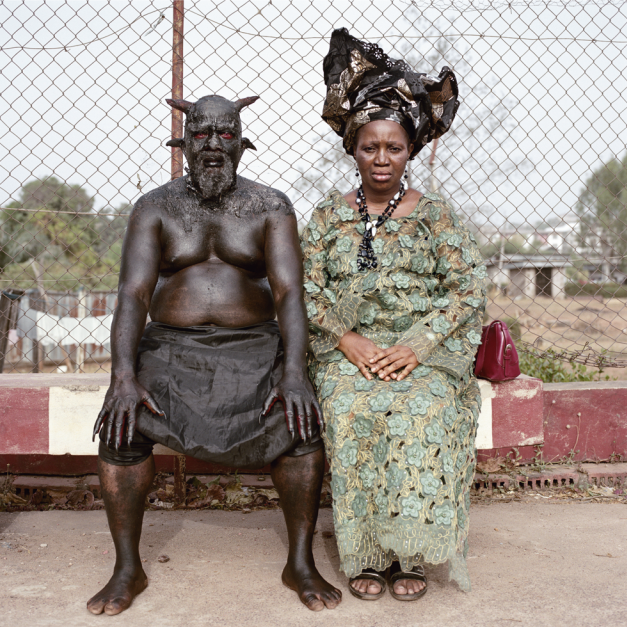Los hombres hiena o las víctimas del sida conviven con jueces de Ghana o nudistas de mediana edad
Pieter Hugo: «Sarcástico, directo y sin retoques». Hugo se detiene pocas veces en la parte más complaciente de las sociedades contemporáneas subsaharianas y prefiere poner cara y nombre, de modo casi documental, a sus historias y contraponer la prosperidad occidental a personajes como los heroicos jóvenes que recogen desechos en un vertedero tecnológico de Ghana, Agbogbloshie, rodeados de productos tóxicos y con una esperanza de vida irrisoria.
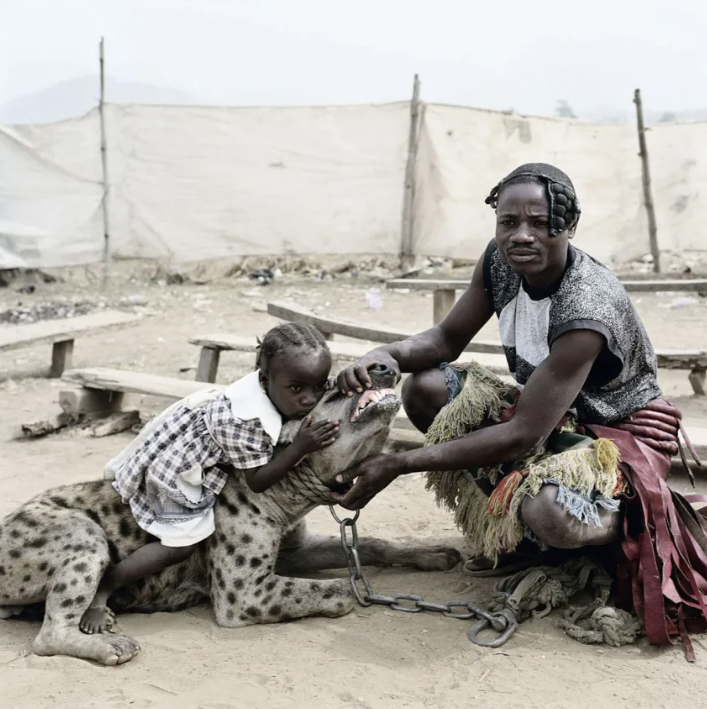
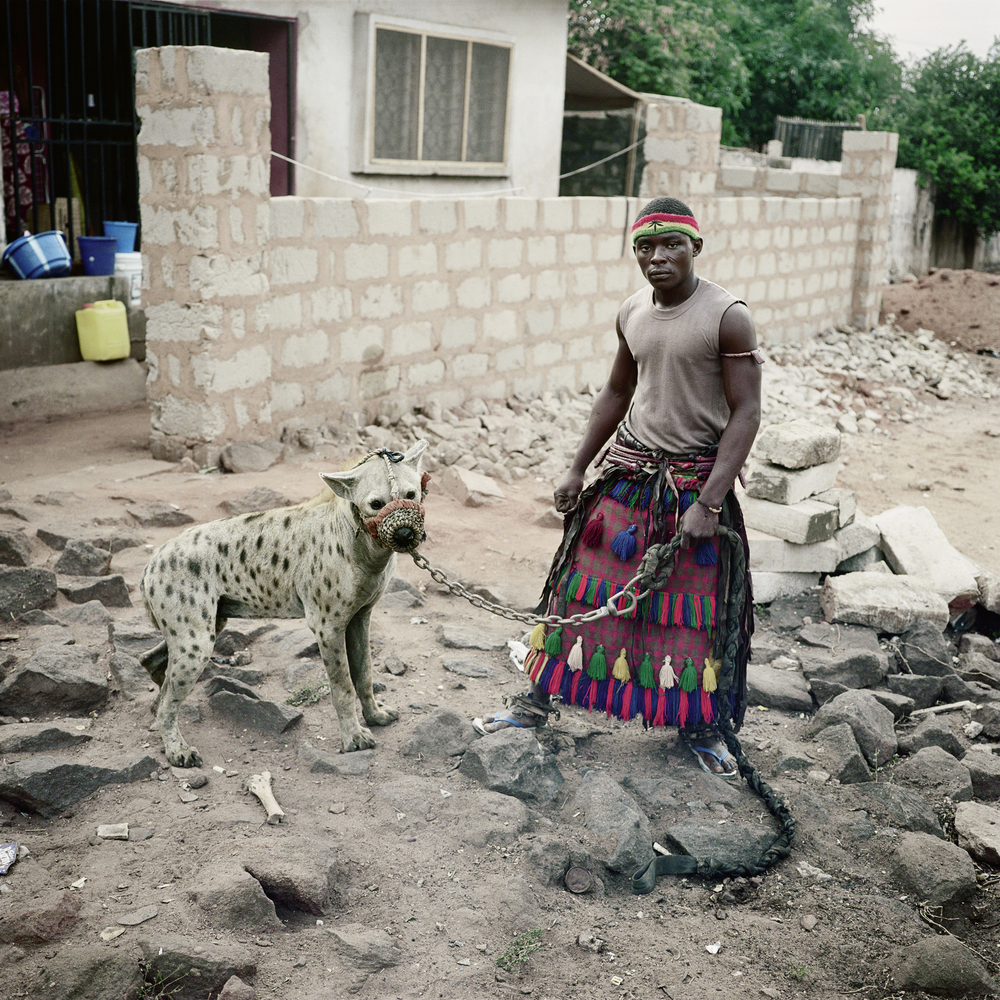
O montar un complot artístico con el realizador nigeriano Gabazzini Zuo para implicar a actores y actrices de Nollywood en coreografías extravagantes, casi surrealistas, como la de un joven Darth Vader negro en cueros, plantando los pies en el lecho de un río casi extinto.
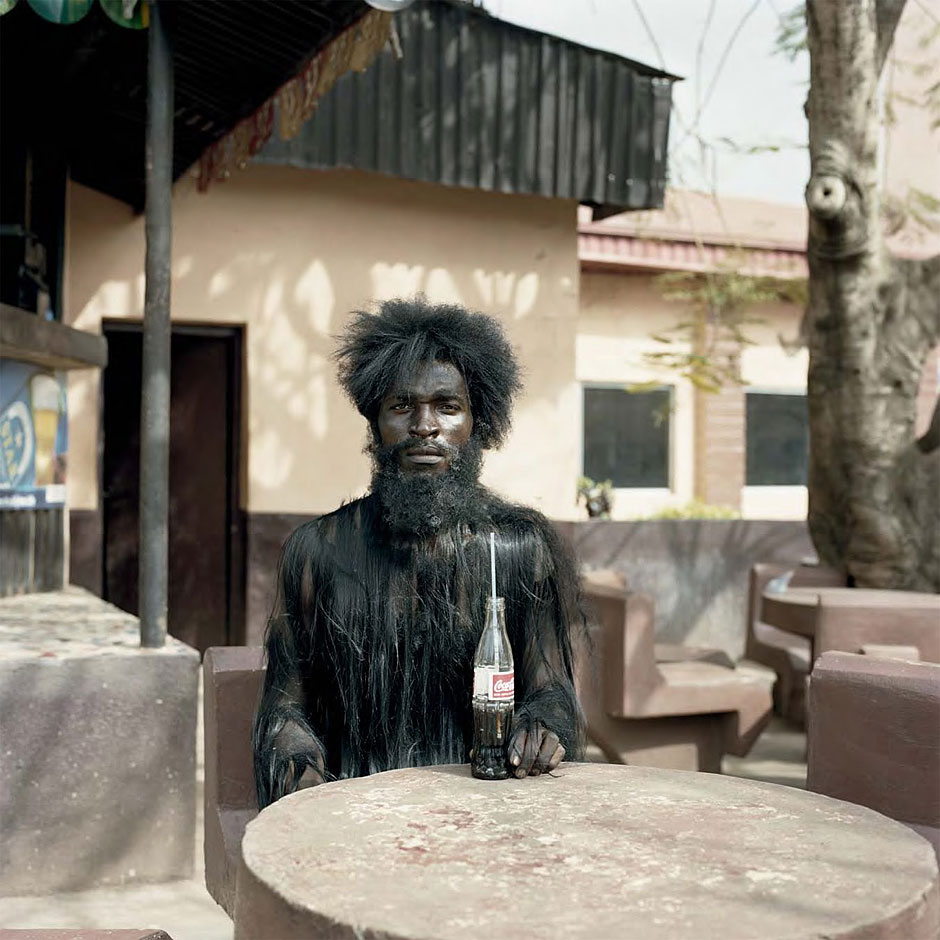

O documentar la trashumancia de los artistas de circo nigerianos que viajan por su país en compañía de hienas, monos o pitones, anacrónicos pero extrañamente congruentes en paisajes urbanos de Lagos o Abuya y en pleno siglo XXI. O rendir homenaje a las víctimas del sida en Khayelitsha, el populoso suburbio negro de Ciudad del Cabo, retratadas en la morgue e identificadas como recordatorio de su humanidad y su tragedia.
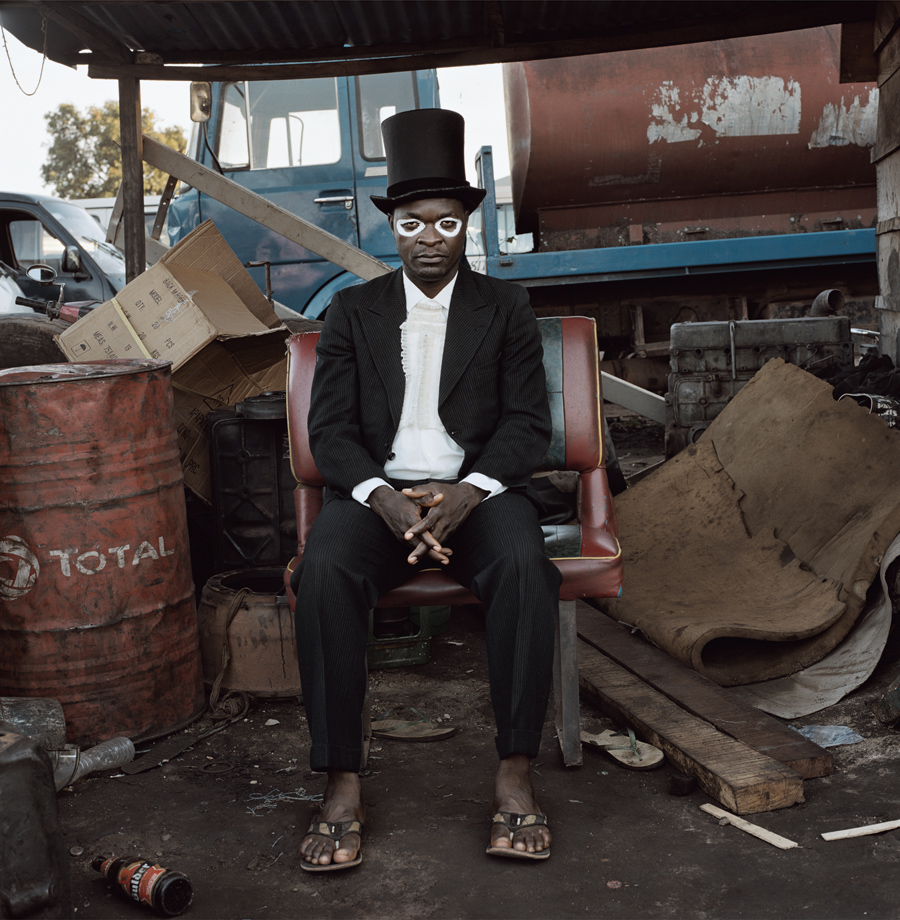
Pieter Hugo: «Sarcástico, directo y sin retoques». Una presencia anómala, como la propia identidad de Hugo, sudafricano blanco rodeado de mayorías negras, un outsider en el contexto de su país y del continente.
Entre tantas historias, nombres y caras, flotan las imágenes de su madre recién operada del pecho, su mujer embarazada o una abuela con la que el vínculo afectivo casi se hace palpable… Codeándose con apicultores, albinos o magistrados del Tribunal Supremo de Ghana.
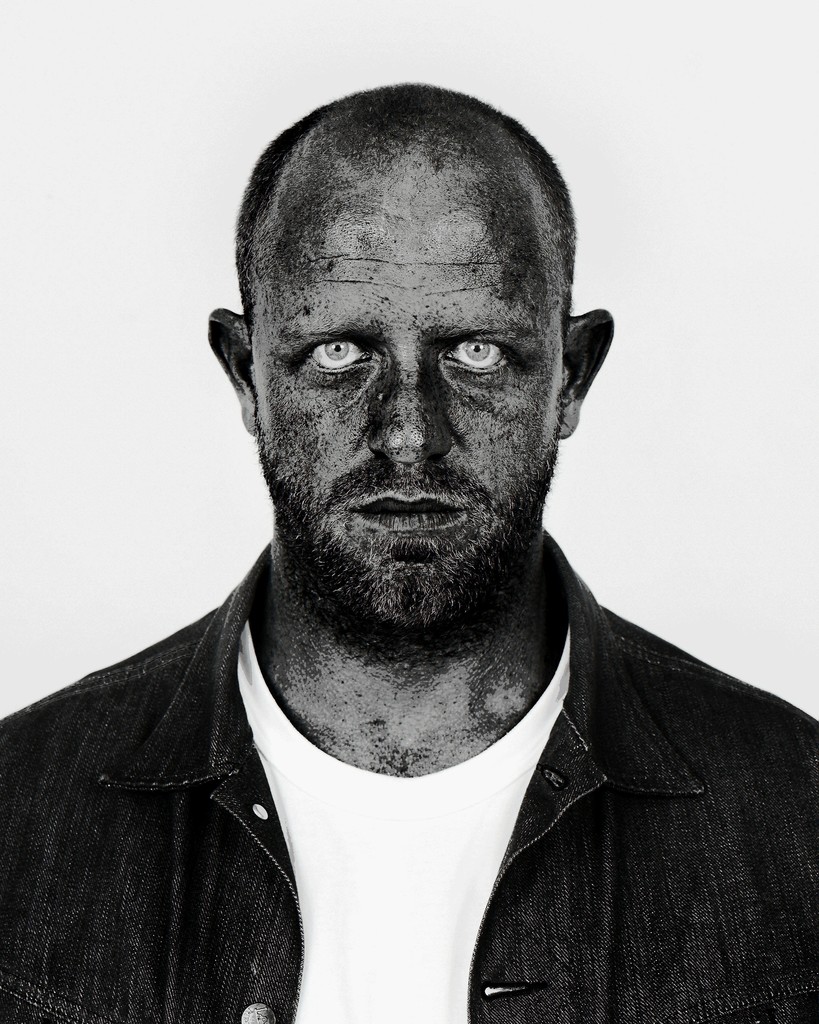
En el plano estrictamente técnico, la obra de Pieter Hugo destaca por su estilo pictórico. Por los fondos calimosos y desvaídos de sus hombres hiena, las composiciones monumentales clásicas del vertedero ghanés y sus habitantes perfectamente situados en el centro del «lienzo».
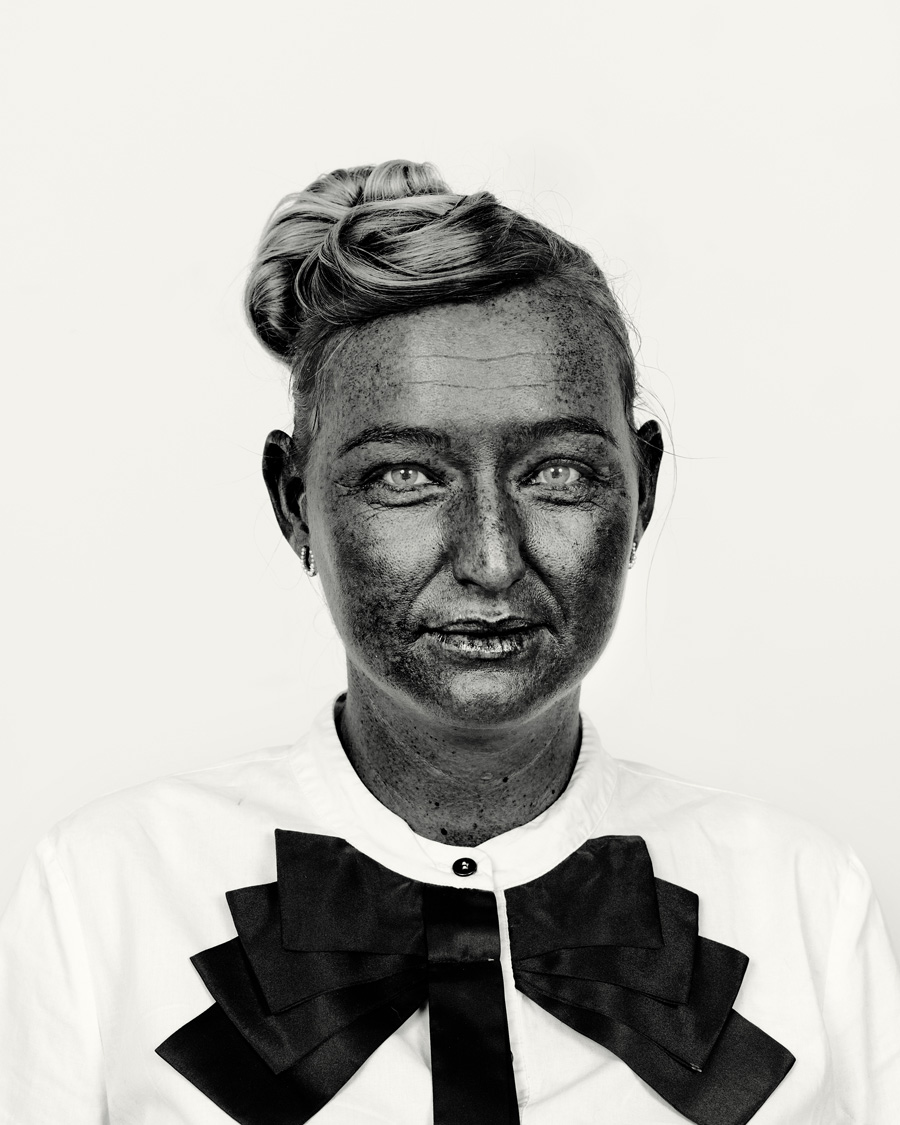
En algunas de sus series rehúye los efectismos y las prisas del fotoperiodista y prefiere exponer sus historias a lo largo de varios encuadres que no provocan emociones inmediatas, brindando espacio y tiempo a quien se acerca a su obra para que pueda explorar las imágenes y dejarse penetrar por ellas.
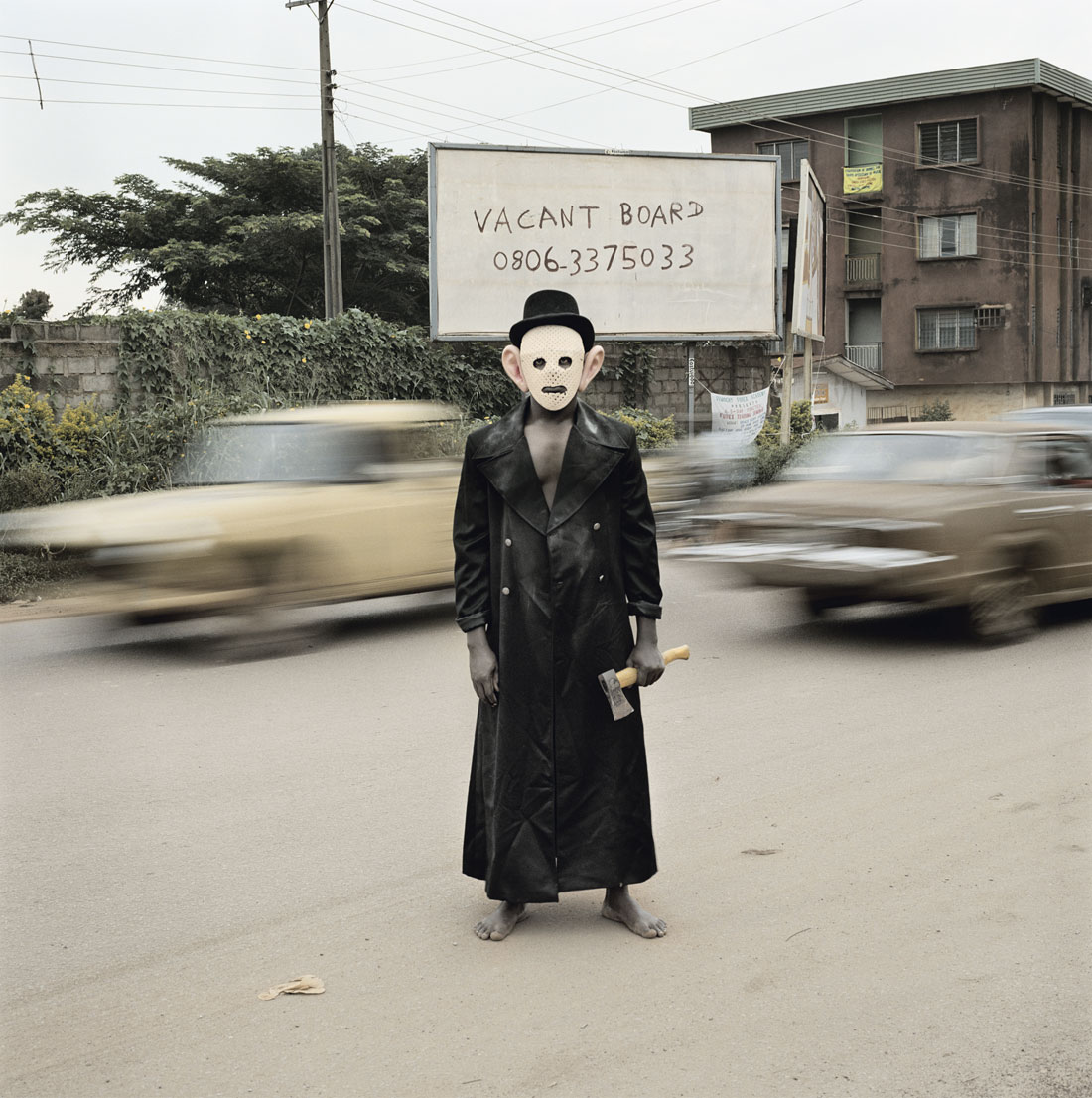
Otras veces documenta y pone nombre, como en sus imágenes post-mortem de víctimas del sida. Otras veces, como sucede con sus retratos en estudio de Mirar de lado, nos enfrenta a albinos e invidentes con miradas directas que incomodan. Tiene cierta habilidad para sacudirnos como hizo con los directivos de Pirelli.
Sarcástico, directo y sin retoques. Aparentemente simple. Siempre deliberado, jamás aleatorio. En gran formato. Es Pieter Hugo y no pasa desapercibido ni deja indiferente.
Pieter Hugo: «Sarcástico, directo y sin retoques». Por Mónica Cascanueces.

